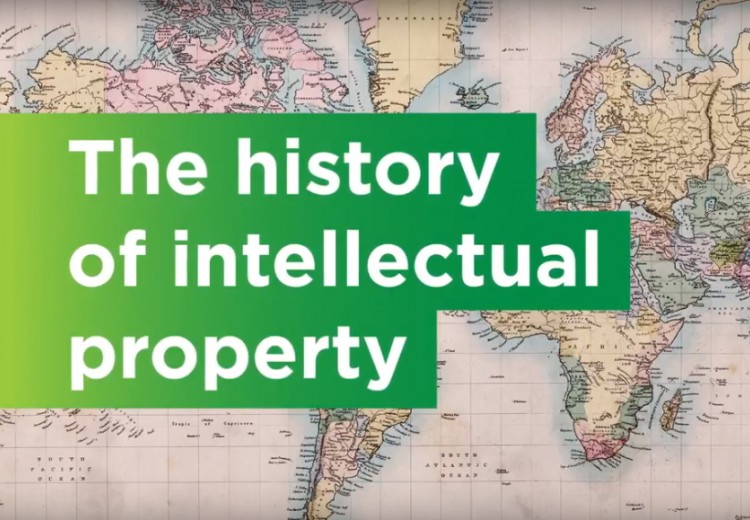The history of IP in three minutes
Learn about how IP has evolved over the past 600 years
Video \ 27 Sep 2017
- The year is 1421, it’s the age of discovery, and this guy is busy inventing lots of things, like a ship for transporting marble slabs, which he gave a cool name and slapped a patent on. It sank on its first journey, but news of patents soon spread and people said, ‘Hey that’s cool’.
- In 1474, the world’s first formal patent system was established. As trade grew, so did patent registration for fun things like this (Hand Blown Murano glass), this (Anemometer (wind measuring device)) and this thing (centrifugal pump).
- By the mid 1500s there were too many of these guys in Venice so heaps of them moved to trade in other parts of Europe, spreading the patent system. Queen Elizabeth heard about these patents and saw it as another way to snatch tax on things like salt and starch. The people said ‘No’, but she said ‘Whatever’.
- In 1962 parliament decided to curb her abuse of the system by passing this law (1624 statute of monopolies). Lizzy got sad because all her friends were dying, then she died. James, her successor, was another abuser of patent law, he died and was then succeeded by Charles. Charles was kind of crazy and did things like marrying a Catholic, controlling all the patents, dissolving parliament, and generally causing chaos like starting the civil war. Treason wasn’t cool, so they chopped his head off.
- Printing technology really started to pick up and reading was high on everyone’s to-do list, as was copying books illegally. Printers and authors said, ‘Stop doing that!’ and pressured parliament to pass this copyright law (1710 Statute of Anne).
- In the 1700s the industrial revolution saw lots of economic development. Patents were improving everyday life. People became wary of their competition and wanted to register and protect all of their industrial designs, which saw this Act pass (1787 Design and Printing of Linen Act).
- Meanwhile, in America, in 1783 and the founding fathers are writing IP rights into the constitution.
- Back in Europe, everyone was inventing cool stuff, like booze and wanted to protect their secret recipes, so the Brits created a Trade Secrets Law (1817) to protect them.
- A little while later the first modern trade mark laws emerge. Bass brewery in the UK were the first to register theirs.
- Meanwhile, New Zealanders are busy stripping flax to make rope using shellfish like muscles. The workers said, ‘This is pretty slow’, so kiwi ingenuity saw the first leaf stripping machine invented and patented. The workers and their muscles were stoked. New Zealand filed 21 patents that year.
- Eight years later, New Zealand established this Act (1866 Trade Marks Act).
- Filing patents is thirsty work and in 1868 the first trade mark was registered in New Zealand for the world’s best cognac, Hennessy.
- It’s 1891. Andrew J Park a surveyor, mining engineer and most excellent court lawyer, became a patent lawyer and established AJ Park.
- Not to be outdone by their younger sidekick, the Aussies established their own Act and registered their first patent for a train braking system a year later.
- World War I put a downer on inventions and patents, but things picked up again with this thing (duct tape) and this thing (Fanta) and also this stuff (M&M’s, plasters, pills, pens, aviators).
- Then World War II happened.
- As time passed, innovation was everywhere, and the world became a pretty cool place.
- Then in 1985, China burst onto the patent scene with their first patent and topped in 2012 by surpassing America with the most patents registered.
We’ve come along way since sea monster was patented 600 years ago. Our world has been shaped by intellectual property. We’ve moved from IP for machines and hardware to things like software, pharmaceuticals and the unconventional like smells, jingles, colours and shapes. Who knows what’s next but one thing’s for sure, innovation is here to stay.


